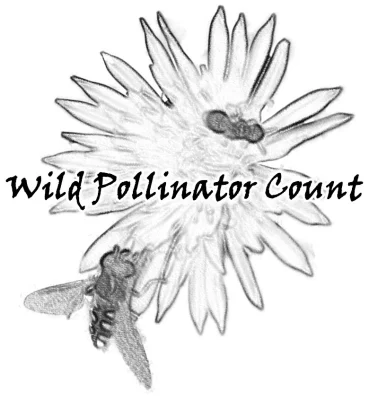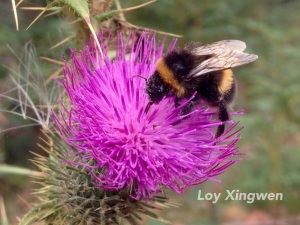It’s almost time to count pollinators again! The autumn 2019 Wild Pollinator Count is on from 14-21 April 2019. The rules haven’t changed – take a 10 minute break any time during the count week to watch some flowers and record what you see. You can submit an observation from anywhere in Australia.
After the hottest summer on record, it’s still pretty hot and dry in many places. This might be good weather for cold-sensitive pollinators, but it also means there may not be much flowering in your part of the country. Remember, we don’t care if the flower you watch is a native species or a weed, as long as you can tell us what it is (common name is fine). If you’re not sure of the plant but still want to submit the observation, you can describe it in the notes, or email a photo so we can try and validate it when we summarise the data.
We can only take observations that happened during the count week (14-21 April). But if you don’t get to a computer that often, we will leave the submission form open after the 21st to give everyone time to submit observations. Results will be posted here on the blog in early May.
This April is also our 10th count! We started off in November 2014, with only 33 observations submitted. And we’ve been overwhelmed with how quickly people have jumped onboard for wild pollinator conservation – our most recent count in November 2018 had over 600 observations. Thank you to everyone who has contributed over the years, whether once or many times!
If you’re new to Wild Pollinator Count, we are an independent non-profit citizen science project run voluntarily. Our main objectives are to raise awareness about native pollinators and insect conservation. Your observations are contributing to long-term data on plant-pollinator interactions around Australia and we really appreciate you taking time to contribute! We hope you enjoy spending time with nature and learning more about the little animals that we overlook every day!
Check out How to Count and the Resources page for more information and identification tips, as well as the Frequently Asked Questions. And don’t forget our official social media hashtag is #OzPollinators!
If you’re curious about how Wild Pollinator Count started, you can read more here.












